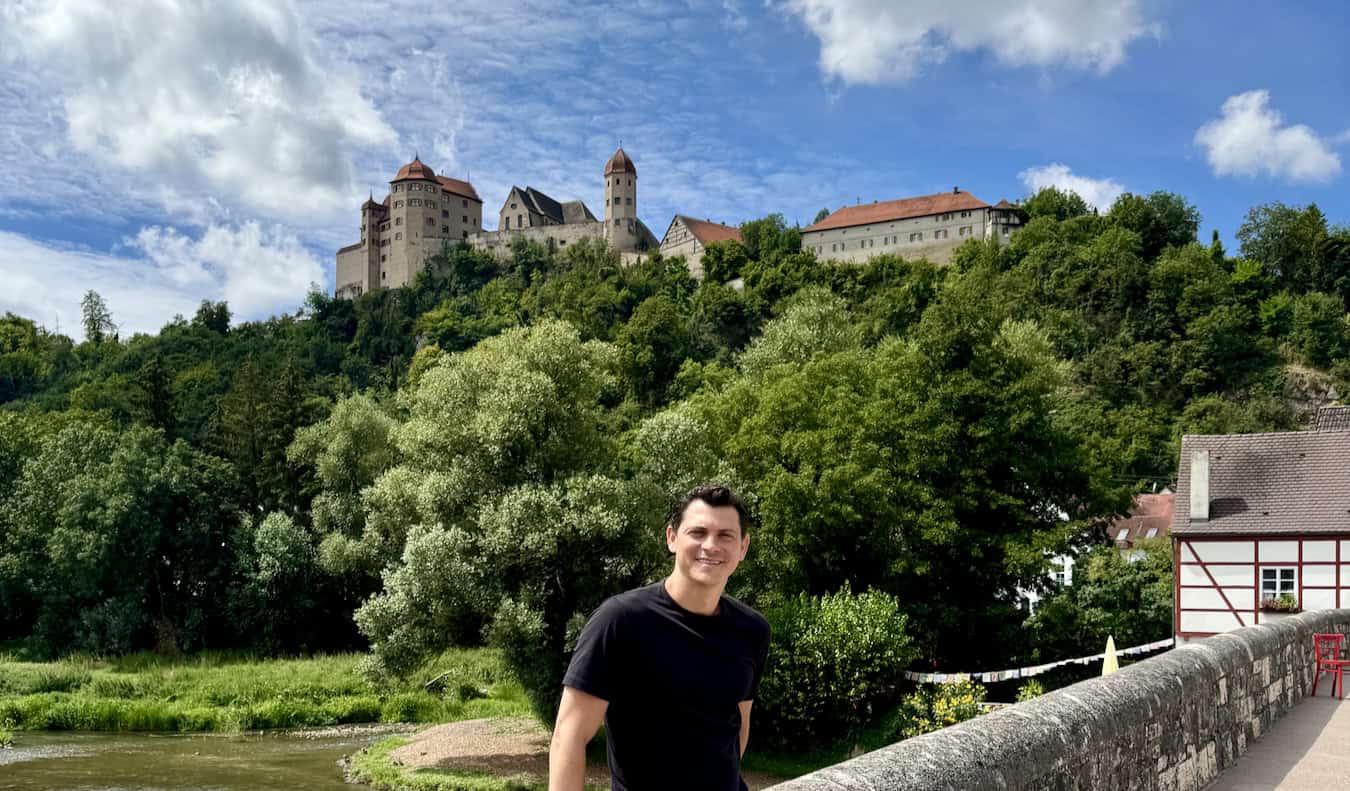
In the land of the Brothers Grimm, I was expecting creepy overgrown forests, quaint medieval towns, and maybe a gingerbread house or two. But, it turns out, the Brothers Grimm tales weren’t from the Black Forest region of Germany (most are from the central part).
Why did I think they were from there? I don’t really know. Maybe I got that from Disney?
And, moreover, due to massive logging in the 1700s and 1800s, most of the area was turned to farmland. Only recently, thanks to the efforts of eco-friendly locals, has the forest slowly started to return to the area.
But, despite those shattered expectations (and maybe because of them), my weeklong visit to the Schwarzwald (Black Forest) was the highlight of my summer travels. It had been on my bucket list forever, and so I was glad I got to finally scratch it off. I only wish I had spent more time there.
This area, located in the German state of Baden-Württemberg, is famous for forests (duh!), tremendous hiking, gigantic gushing waterfalls, verdant farmland, cute cuckoo clocks (they were invented here!), and historic medieval towns (only a few of which were destroyed in World War II).
Given how big the region is — and how confusing so many other blogs make planning a route around it — I wanted to make an easy-to-follow itinerary for you.
It’s very easy to get to the Black Forest: You can fly into Frankfurt to the north or Zurich to the south and then just take a 1-2-hour train ride to whatever starting city you choose.
What’s the best one-week route to take?
If you had a week, I would do the route below, from Frankfurt (or reverse it if you come from Switzerland):
Heidelberg (2 days)
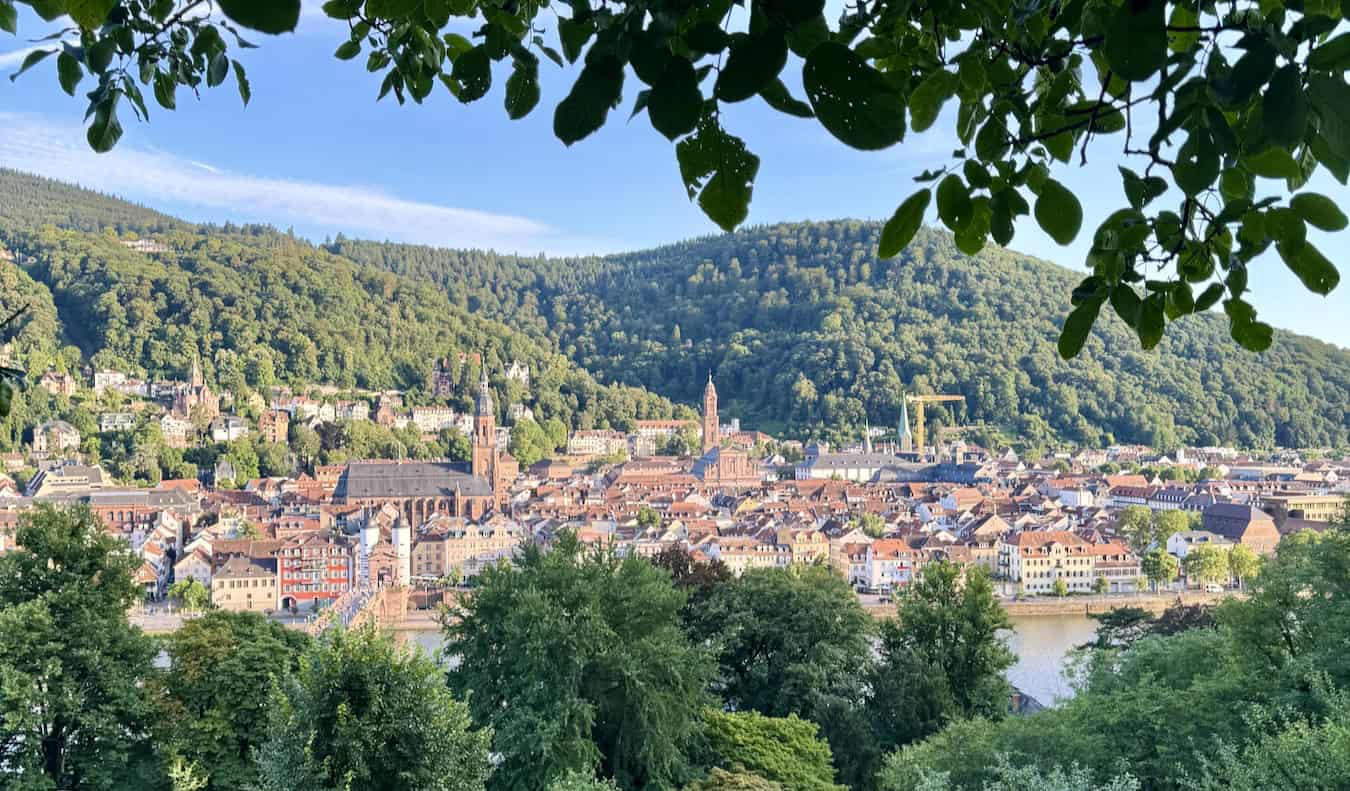
This university town has lots to see, as well as many viewpoints and short hikes from the city center. You’ll definitely want to visit the castle and its gardens, which provide an amazing view of the city. Be sure to take the guided tour, as that’s the only way to go inside the castle (the grounds are free though). You can also take in the university jail (used to house students who broke university rules until World War II), the Heidelberger Kunstverein contemporary art museum, and the theater. Finally, there are a number of hikes to the mountain across the river.
Baden-Baden (2 days)
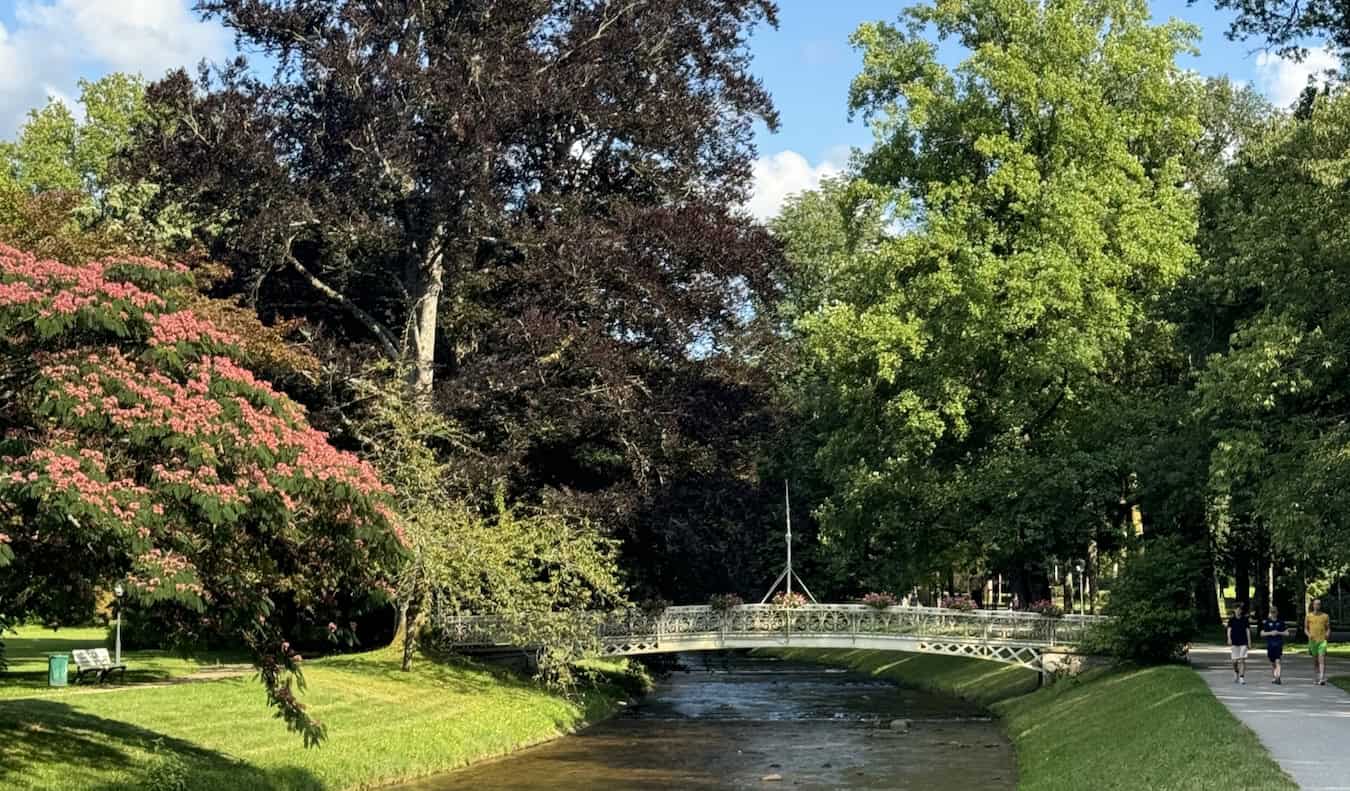
This spa town is famous for the hot springs that flow naturally here, a prominent attraction since the Romans discovered them. During the 18th century, the baths, as well as the casino (think a less glamorous Monaco), were the main draws, attracting the rich and nobility of Europe. Now, Baden-Baden is a popular spa destination. There are two big bathhouses in town (the historic Friedrichsbad is nude, while the new newer Caracalla is not), as well as Hohenbaden Castle, a funicular to the top of Hausberg mountain for views of the area, and the Fabergé Museum. And, of course, since this is the Black Forest, there’s lots of hiking.
Freiburg (2-3 days)
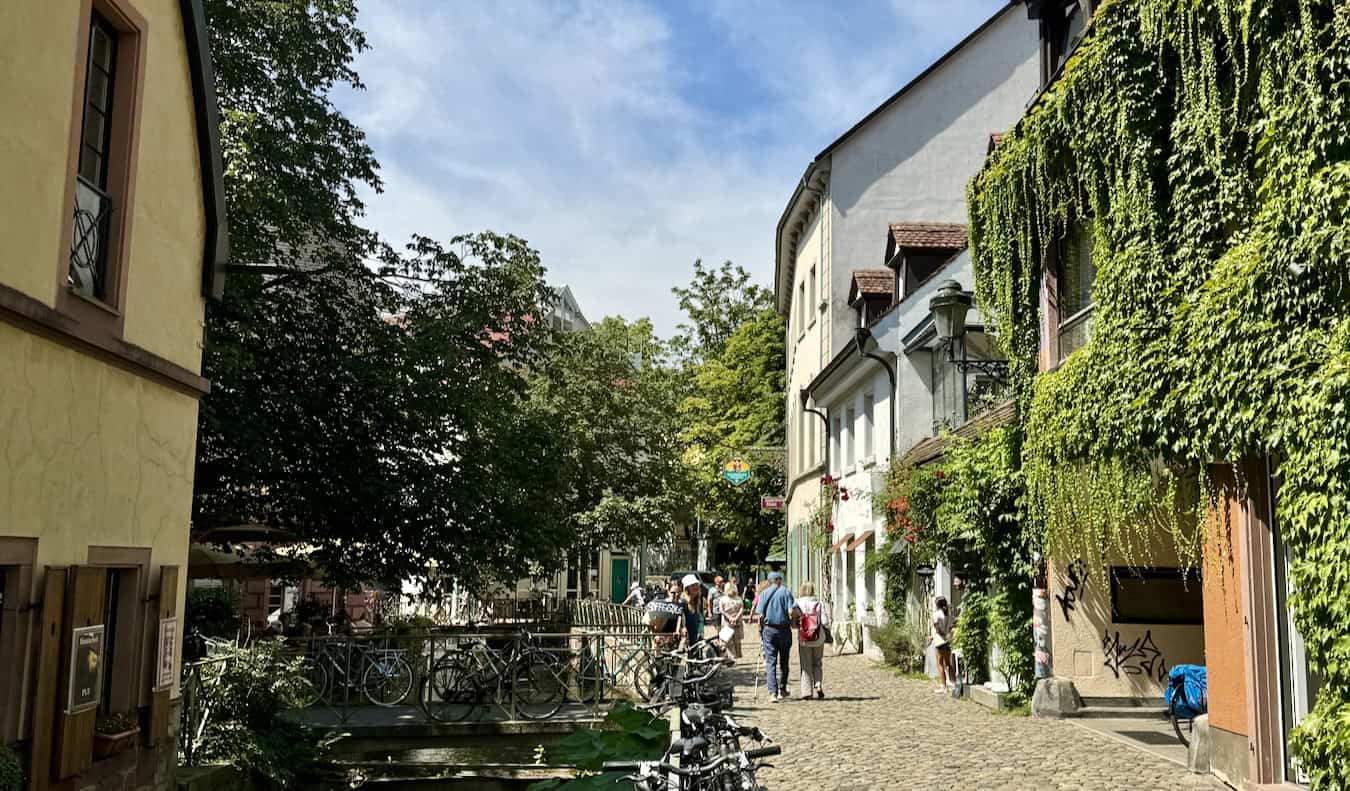
My favorite city in the region boasts a beautiful reconstructed center (most was destroyed during WWII), bächle (open streams) running through town, an incredible food scene, and affordable prices, thanks to the big university here. Other highlights include the cathedral, historic clocktowers, the merchant’s hall, an archaeological museum, and Schlossberg (Castle Mountain), which has a castle (hence the name), incredible views of the town and surrounding area, and a number of good beer gardens.
I would use the city as a base for nearby hikes to Ravenna Gorge as well as for a visit to Triberg, which has a giant waterfall and cuckoo clock. Ravenna Gorge is an easy half to full day hike depending on how much of the area you want to hike. You’ll wander through the gorge, see waterfalls, and go over farmland.
Triberg is famous for its giant waterfall and oversized cuckoo clock. It takes a couple hours to get to from Freiburg, but I would only go as a day trip, because, while the waterfall and cuckoo clock are cool, there’s not much else to do in town, and I found spending a full night here a bit boring.
What’s a good two-week route for the region?
If you had two weeks, I would add in another day in Freiburg, as there’s a lot to do, and you can take more day trips from there. Then I would also add in the following:
Offenburg (1 day, after Baden-Baden)
Offenburg, whose name means “open borough,” is famous for its medieval city wall, houses, and churches, though it started as a Roman settlement. It has lots of buildings exhibiting Baroque, Gothic and medieval styles. You can also visit the castle, history museum, and Black Forest Open Air Museum, which is a 40-minute drive from Offenburg.
Europa-Park (1 day, on the way from Offenburg to Freiburg)
This theme park is like a European Disneyland. It’s a lot of fun, hugely popular with locals, way better priced than Disney, and just a fun way to spend the day. You can stay in the park or in the nearby town of Rust.
Hiking around Titisee, Schluchsee, and Feldberg (2 or more days)
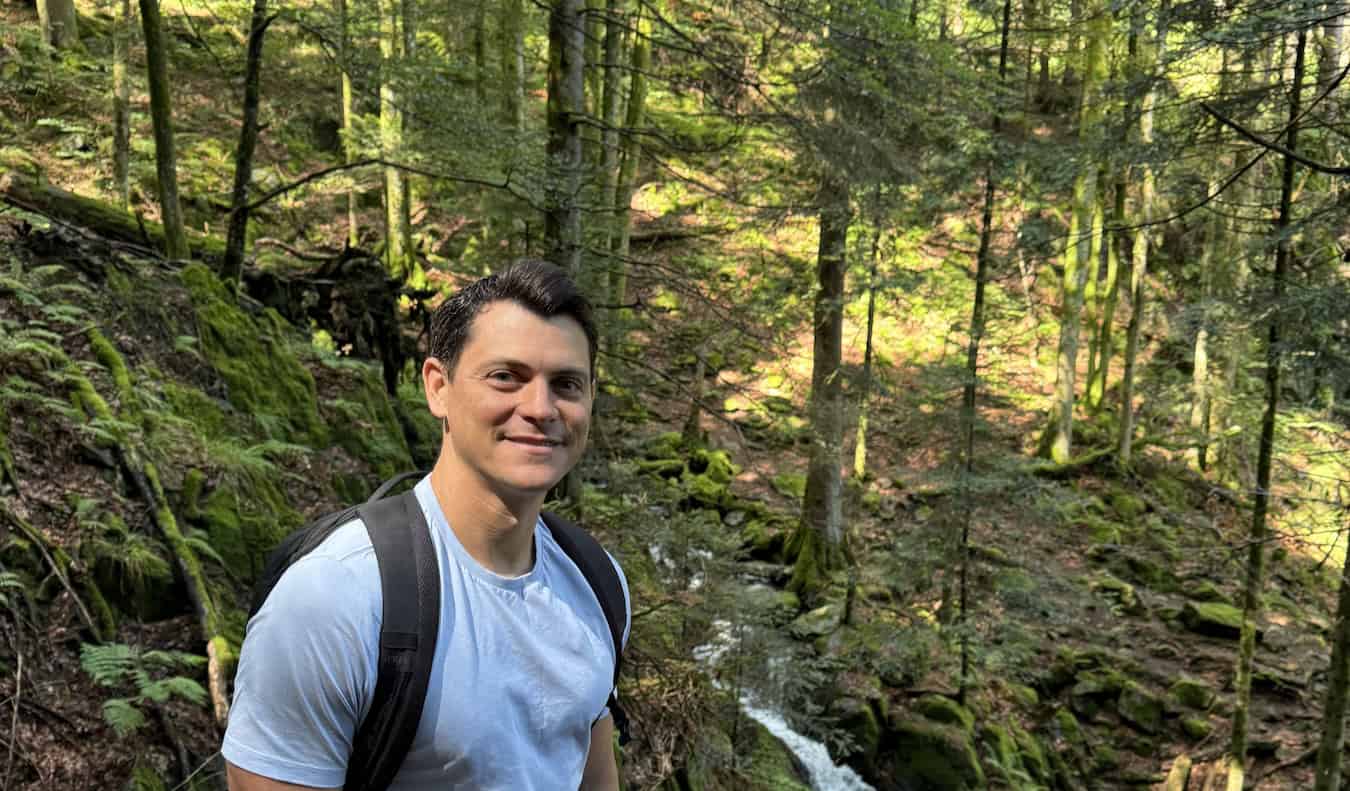
There are also a lot of lakes and hiking in this area, so you can easily add in as many days in nature as you have time for. If you want water-based activities, Titisee is a town located on a lake with the same name; Schluchsee is another that is popular with Germans. You can also base yourself in Feldberg for numerous day hikes. Really, wherever you go, you’re going to find hiking trails.
How do you get around?
While renting a car is the easiest way to get around the Black Forest region, you can also travel by bus and train, which is what I did. The thing to remember is that while trains are frequent, buses often run on limited schedules, especially on Sundays, when most of Germany seems to take the day off. If you’re not going to rent a car and plan to visit smaller cities, be sure to look up the train and bus schedules in advance.
The Black Forest was the highlight of my summer in Europe. It was where I met the most people, had the most fun, and did the most hiking. I just loved the vibe there. If you love cute towns, affordable places to travel, the great outdoors, and good food, the Black Forest is definitely a region you need to explore.
Get Your In-Depth Budget Guide to Europe!
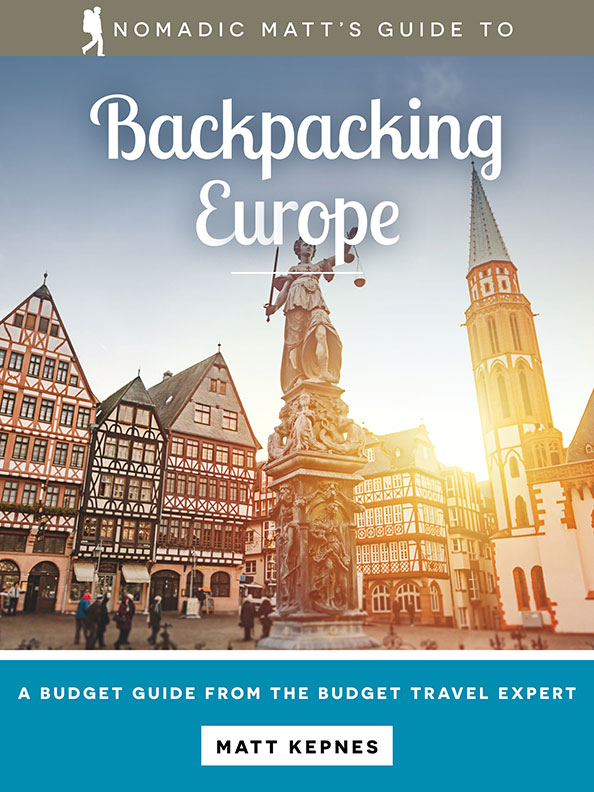
My detailed 200+ page guidebook is made for budget travelers like you! It cuts out the fluff found in other guides and gets straight to the practical information you need to travel while in Europe. It has suggested itineraries, budgets, ways to save money, on and off the beaten path things to see and do, non-touristy restaurants, markets, bars, safety tips, and much more! Click here to learn more and get your copy today.
Book Your Trip to Germany: Logistical Tips and Tricks
Book Your Flight
Use Skyscanner to find a cheap flight. They are my favorite search engine because they search websites and airlines around the globe so you always know no stone is left unturned!
Book Your Accommodation
You can book your hostel with Hostelworld as they have the biggest inventory and best deals. If you want to stay somewhere other than a hostel, use Booking.com as they consistently return the cheapest rates for guesthouses and cheap hotels.
If you’re looking for places to stay, here’s a longer list of my favorite hostels in Berlin.
Don’t Forget Travel Insurance
Travel insurance will protect you against illness, injury, theft, and cancellations. It’s comprehensive protection in case anything goes wrong. I never go on a trip without it as I’ve had to use it many times in the past. My favorite companies that offer the best service and value are:
- Safety Wing (best for everyone)
- InsureMyTrip (for those over 70)
- Medjet (for additional evacuation coverage)
Looking for the Best Companies to Save Money With?
Check out my resource page for the best companies to use when you travel. I list all the ones I use to save money when I’m on the road. They will save you money when you travel too.
Want More Information on Berlin?
Be sure to visit our robust destination guide on Germany for even more planning tips!
The post My Suggested Black Forest Itinerary appeared first on Nomadic Matt’s Travel Site.

